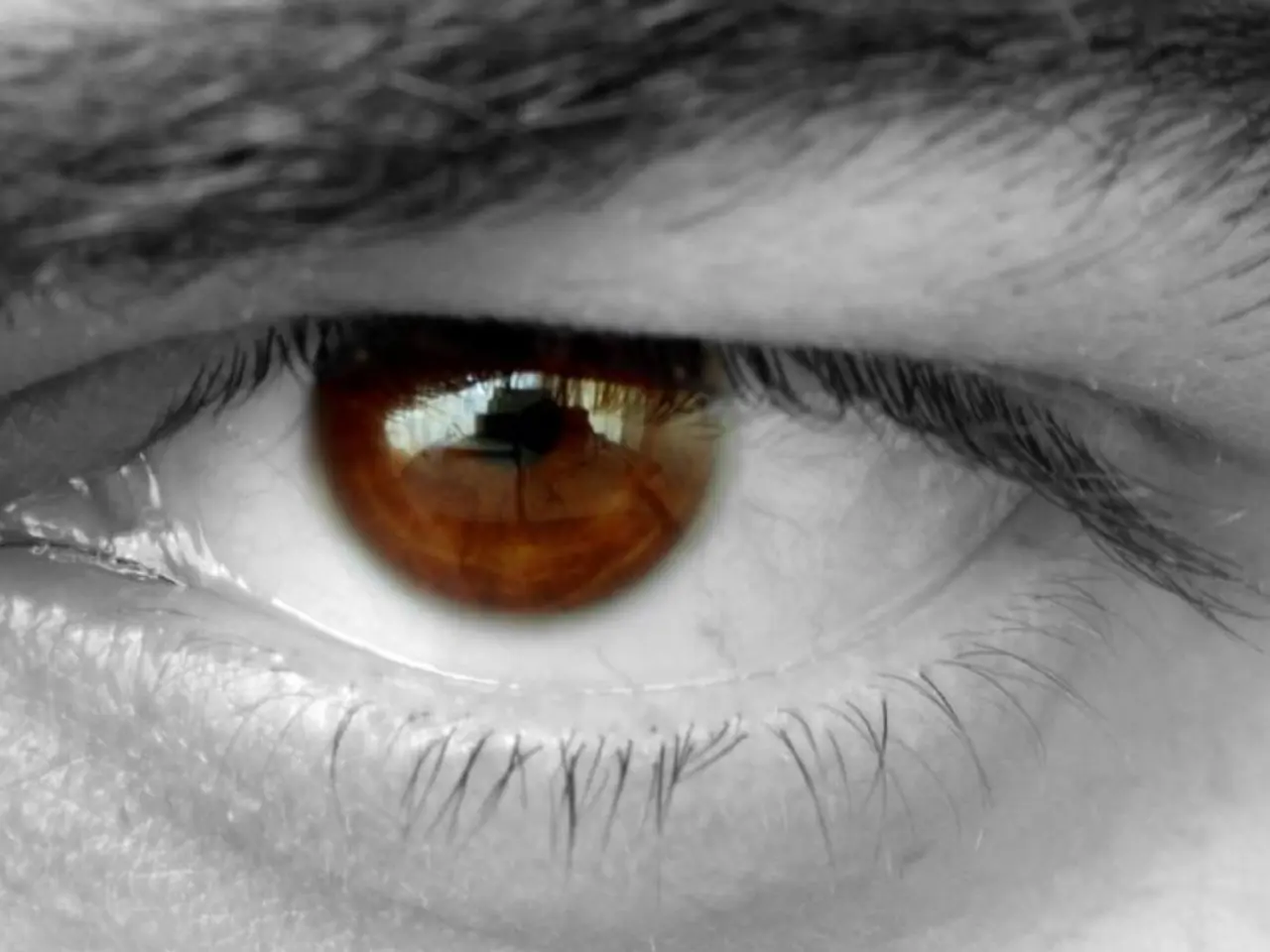Eye Infection and COVID-19: Could it be an Initial Sign?
Conjunctivitis, commonly known as red or pink eye, can be a symptom of COVID-19. While it is less common compared to other symptoms such as fever, cough, and shortness of breath, understanding its prevalence, duration, and potential treatment is essential.
According to various studies, conjunctivitis occurs in approximately 5% to 11% of COVID-19 cases. The duration of symptoms typically lasts from 1 to 6 weeks after infection. However, the prevalence of conjunctivitis as a COVID-19 symptom varies across studies, with estimates ranging from less than 5% to around 11%.
In most instances, conjunctivitis caused by COVID-19 does not require specific treatment. The condition usually gets better by itself. However, in cases where symptoms are severe or persistent, or the individual has a weakened immune system, a doctor may prescribe antiviral eye drops, such as Ribavirin, to reduce symptoms. This medication is suitable for adults and children over 3 years old.
It's important to note that viral conjunctivitis is highly contagious. To prevent its spread, individuals are advised to wash their hands thoroughly before and after touching the eyes, use a fresh cotton pad or washcloth with each compress or when cleaning the eye, safely wash or dispose of the item afterward, and avoid using eye drops that reduce redness during the infection.
Long COVID, which refers to prolonged or recurrent symptoms that can last weeks, months, or years after the initial infection, can sometimes include eye symptoms. However, the exact prevalence and duration of these symptoms are less well-quantified.
If you experience potential COVID-19 symptoms, including conjunctivitis, it's crucial to seek testing immediately and follow local health authority guidelines. People at high risk of complications from viral illnesses should also contact a doctor to get medication to help fight the virus.
Home treatments for viral conjunctivitis can help ease symptoms. These include using artificial tears, holding a warm compress over the eyes, drinking enough fluids to avoid dehydration, wearing sunglasses or dimming the lights if a person has photosensitivity, and avoiding using contact lenses and eye makeup until symptoms improve.
If the symptoms of conjunctivitis do not get better, are severe, or keep worsening, a person should contact a doctor immediately, regardless of their COVID-19 test result.
In addition to conjunctivitis, keratitis, an inflammation of the cornea, is another common eye symptom in COVID-19. People with COVID-19 may develop watering, red eyes, and a sensation that something is stuck in the eye.
Other potential symptoms of COVID-19 include fever, chills, cough, shortness of breath, fatigue, muscle aches, loss of taste or smell, sore throat, and headache.
In summary, while conjunctivitis is less common compared to other COVID-19 symptoms, it can occur in approximately 5% to 11% of cases and last from 1 to 6 weeks. If you experience conjunctivitis or any other COVID-19 symptoms, it's essential to seek testing and follow local health authority guidelines to protect yourself and others.
Read also:
- Pregnancy-related Hepatitis B: Potential Hazards and Remedies
- Investigating Alternative Treatment Methods for Brain Tumors: Delving into Unconventional Remedies
- Dietary choices for peritoneal cancer: Ingredients to incorporate and exclude
- Green Tea and Vitamin B3: Pioneering Discovery in Alzheimer's Disease Study






